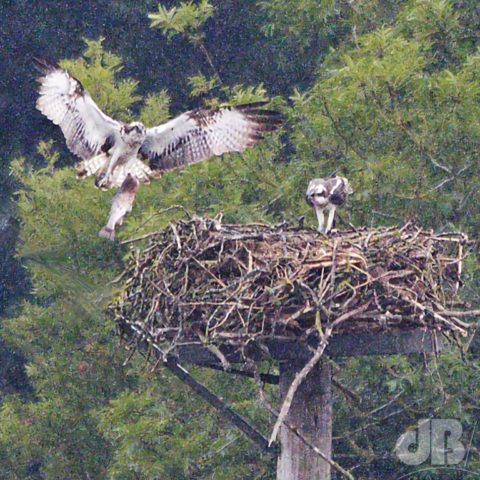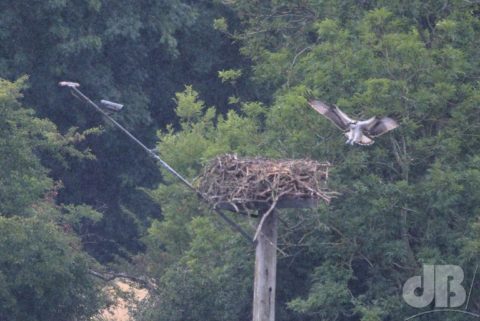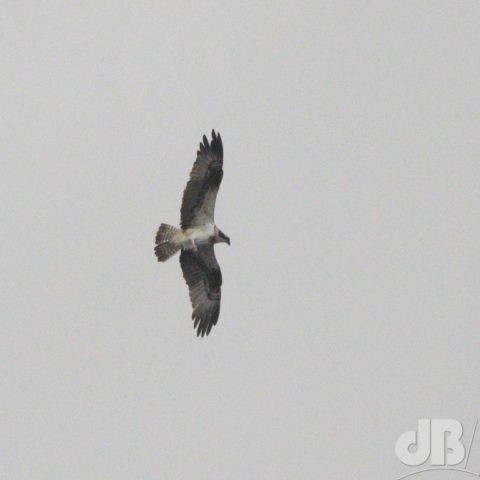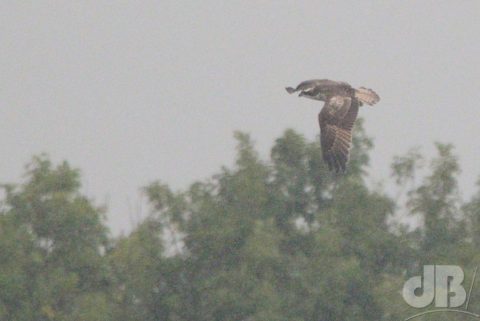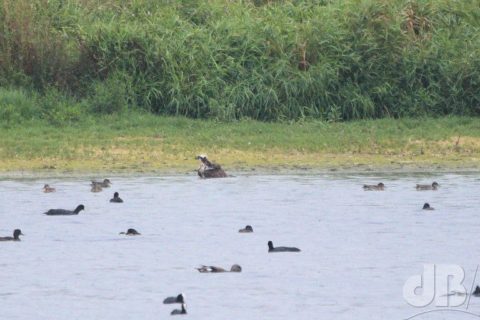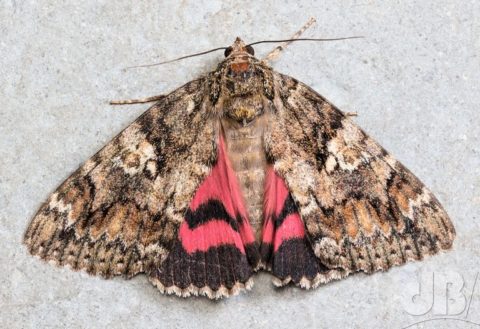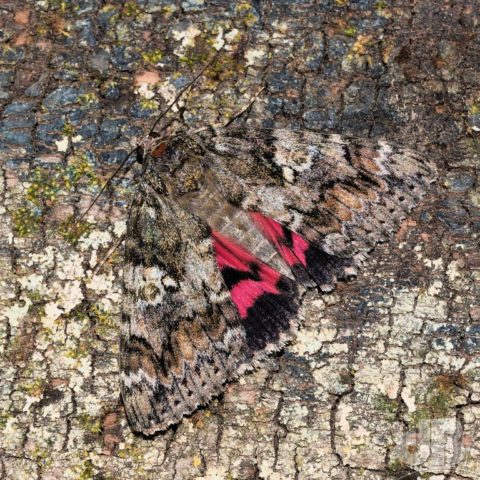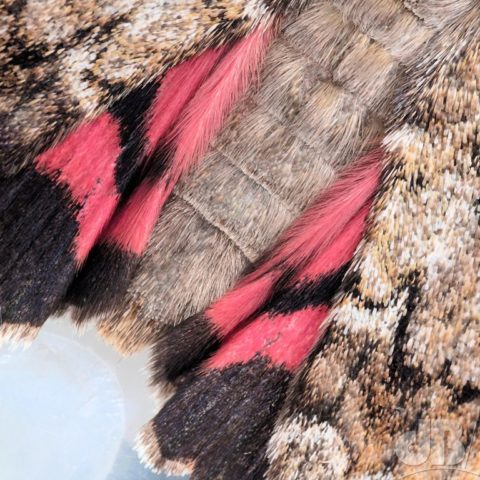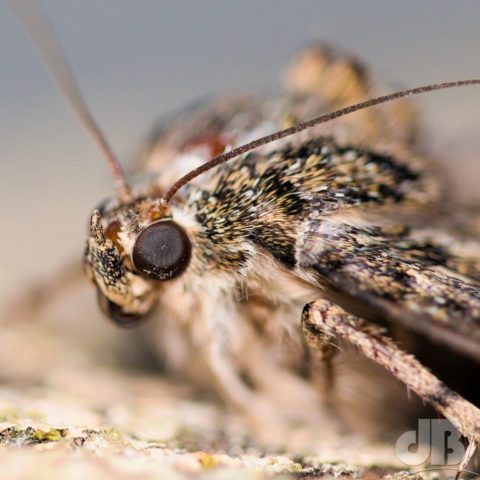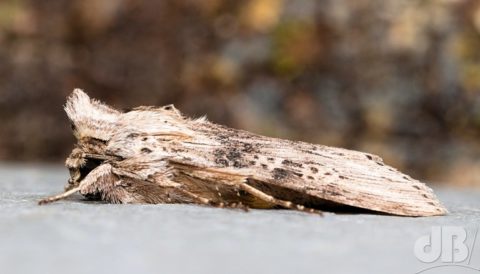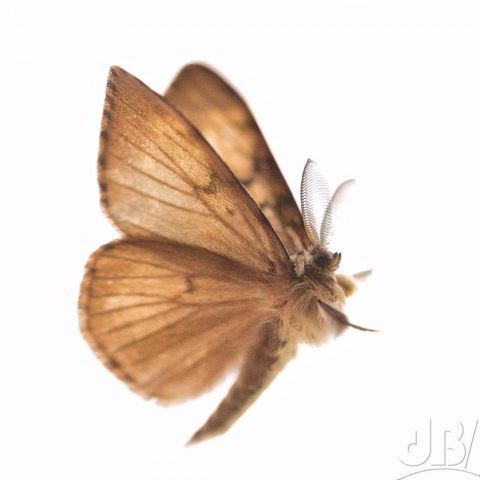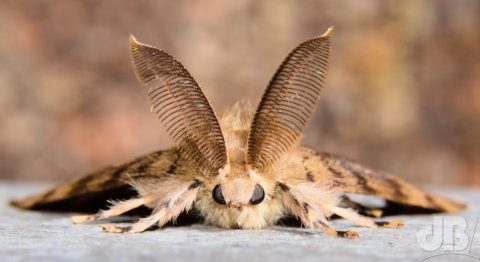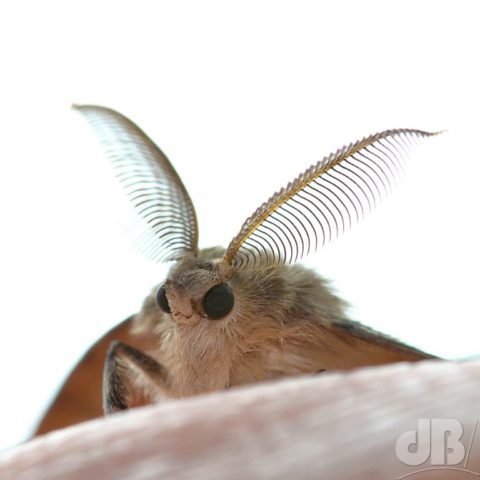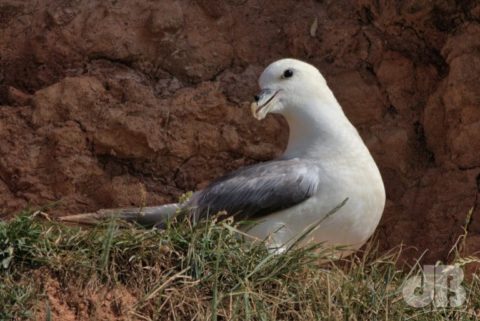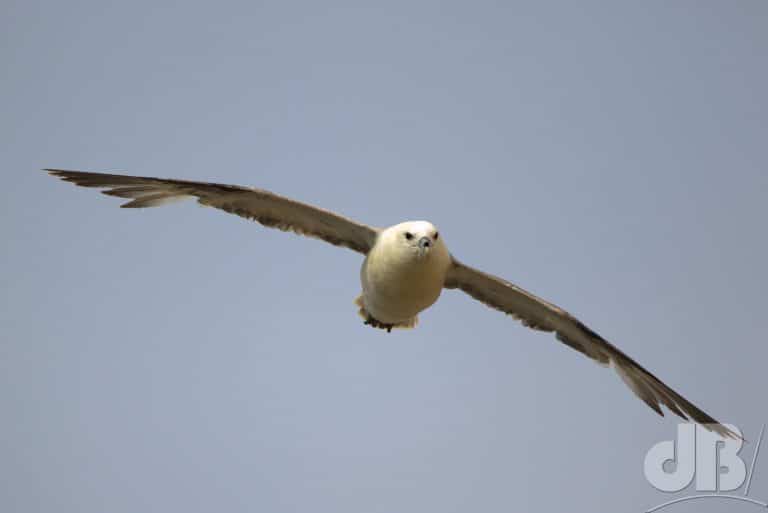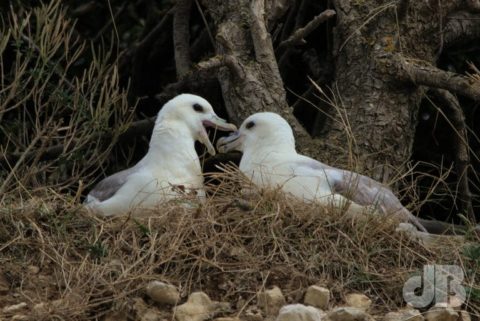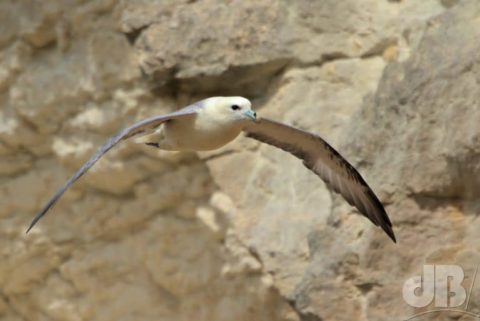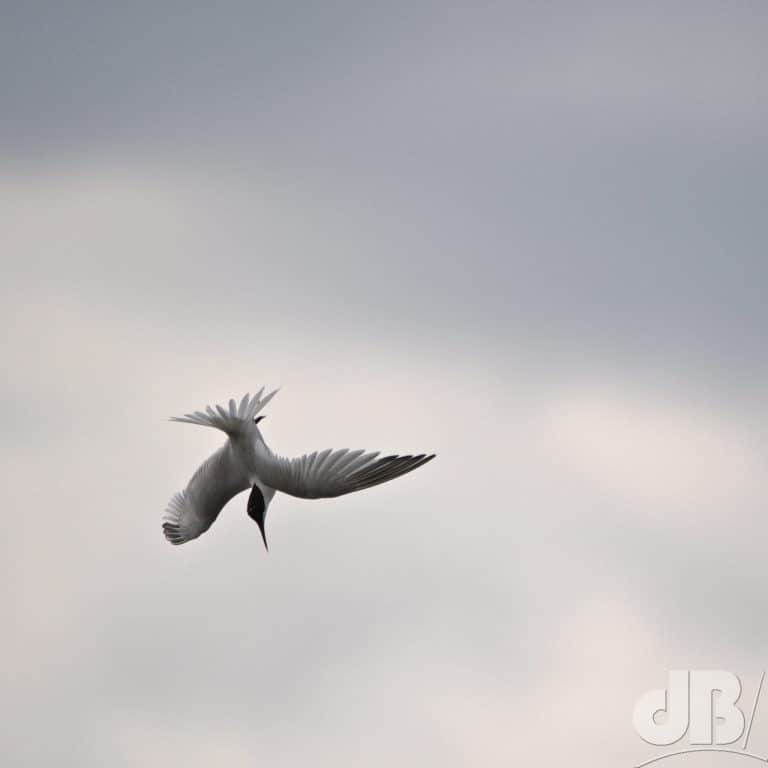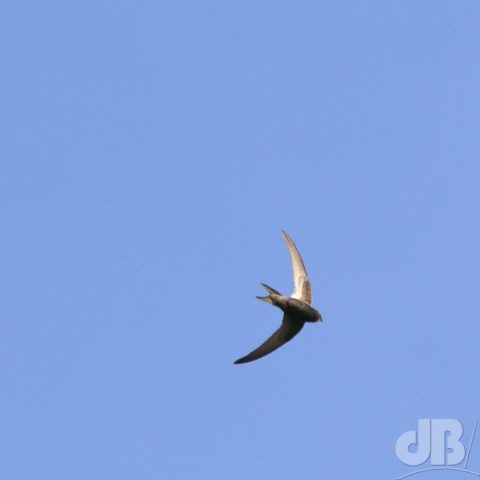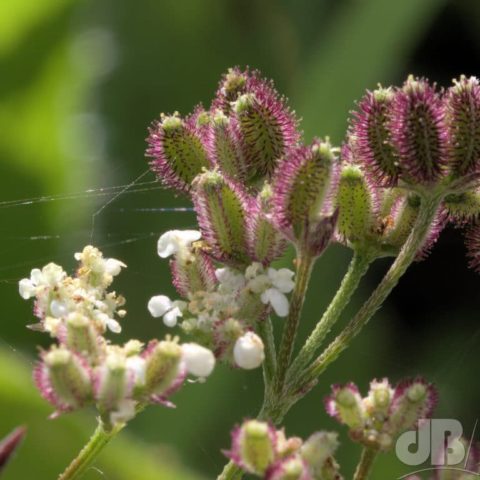What could be more natural more evocative, more quintessentially English than a wildflower meadow nestled in the countryside, teeming with bees and butterflies, day-flying moths and countless other pollinators perhaps home to some ground-nesting birds and dozens of tiny mammals, a complete ecosystem when coupled with the natural reservoir in the neighbouring field?
And your wilding projects? Often the packs of seeds we scatter in our gardens to create a wild area or on roadside versions are cultivated mixes of cornflower, ox eye daisy, borage, (bizarrely) California poppy, and a few others. That said, I’ve tried to grow something more naturalistic by seeding corn cockle among the cornflowers, no ox eyes, but plenty of borage, viper’s bugloss, wild marjoram, opium poppies, yarrow, mallow, and the erroneously maligned ragwort.*
Well, sorry, but no. Not much of its not natural, it may be beautiful and conjure up images of a sadly lost past that never really existed, but many of what we call native wildflowers are anything but. Established wildflower meadows may well have taken hundreds of years to become established ecosystems. But, they arrived with humans who brought their agriculture from the Middle East in the stone age. Many of the species we consider essential to stocking a wildflower meadow are native to North Africa and the Mediterranean. They never grew here until the arrival of cultivated grassy food crops just a few millennia since.
Of course, many species in many different countries are not native, there have been so many changes to the climate and the geography and geology of the world over millions of years. What’s a few millennia between friends? Let’s cultivate the wildness anyway…
All of that said, it’s better to wild than to cultivate. Moreover, there is an argument that even if some of the so-called native wildflowers arrived with agriculture from the Middle East who’s to say that some of them weren’t growing here before the last ice age when the British mainland was conjoined to the European continent and the footprint of the landmass and the geography of the present Middle East were all very different?
*Ragwort: Erroneously maligned as a livestock and horse killer. Yes, it is toxic to cattle and horses and other animals and it’s sensible not to let it grow on pasture. However, it’s only a problem if the animals are not getting fed properly. It’s got a really bitter taste and most animals (Cinnabar moth larvae aside) will avoid it. However, it can end up in sileage when its bitterness might be masked by other plants in the mix and the animals quite happily tuck in and suffer.
